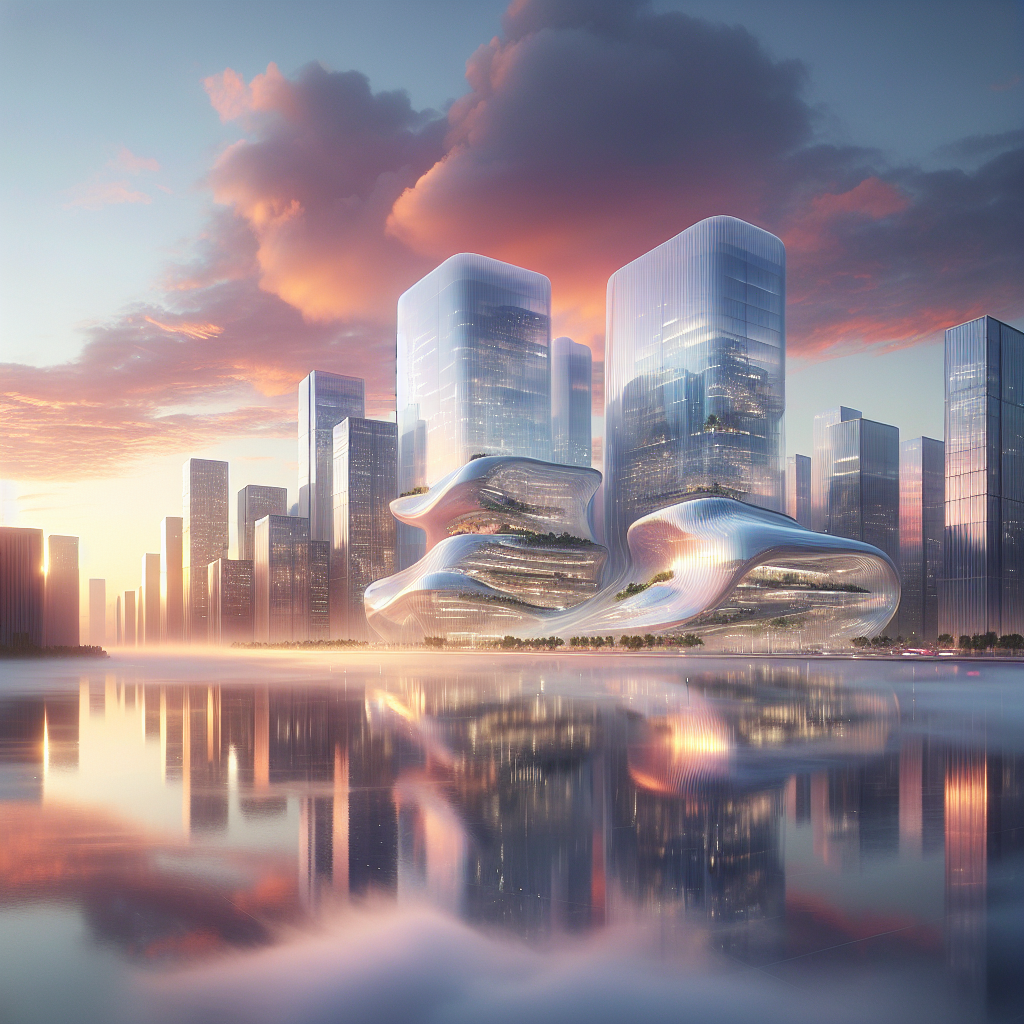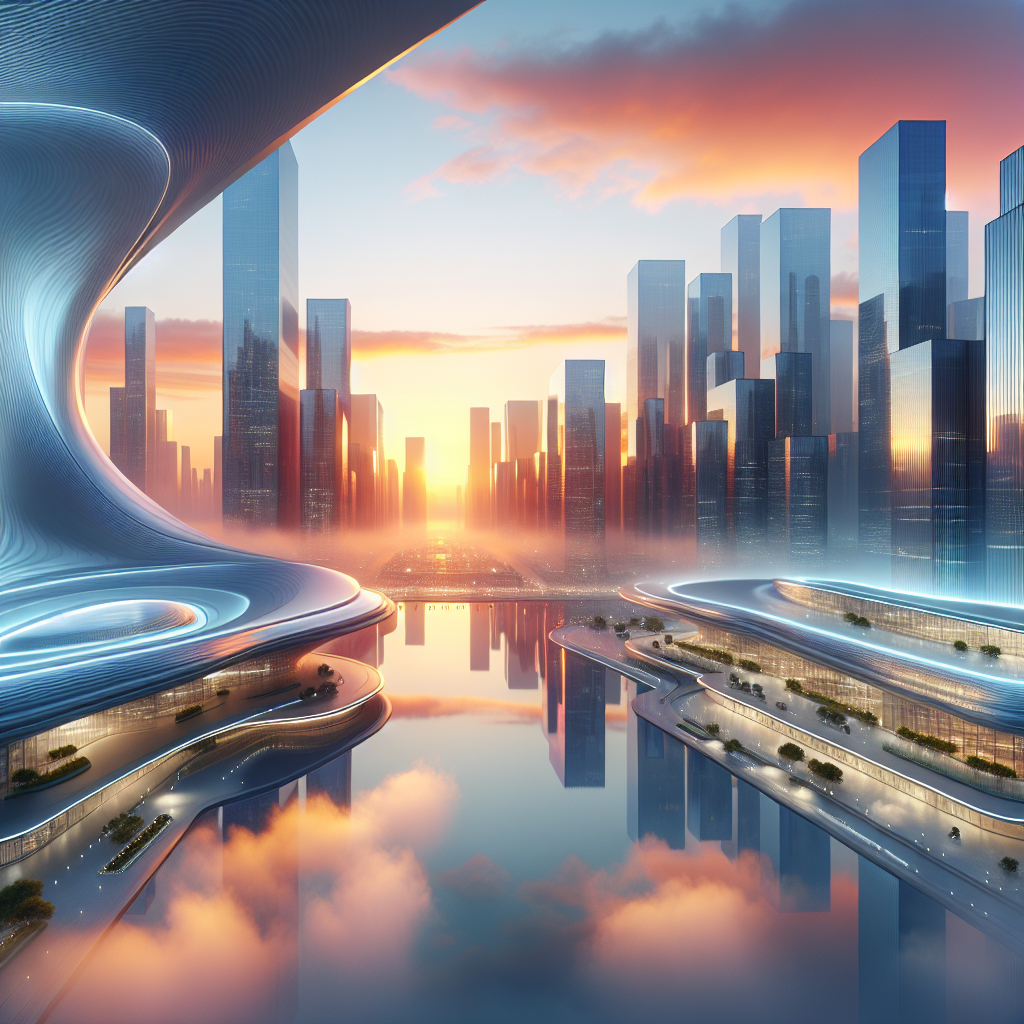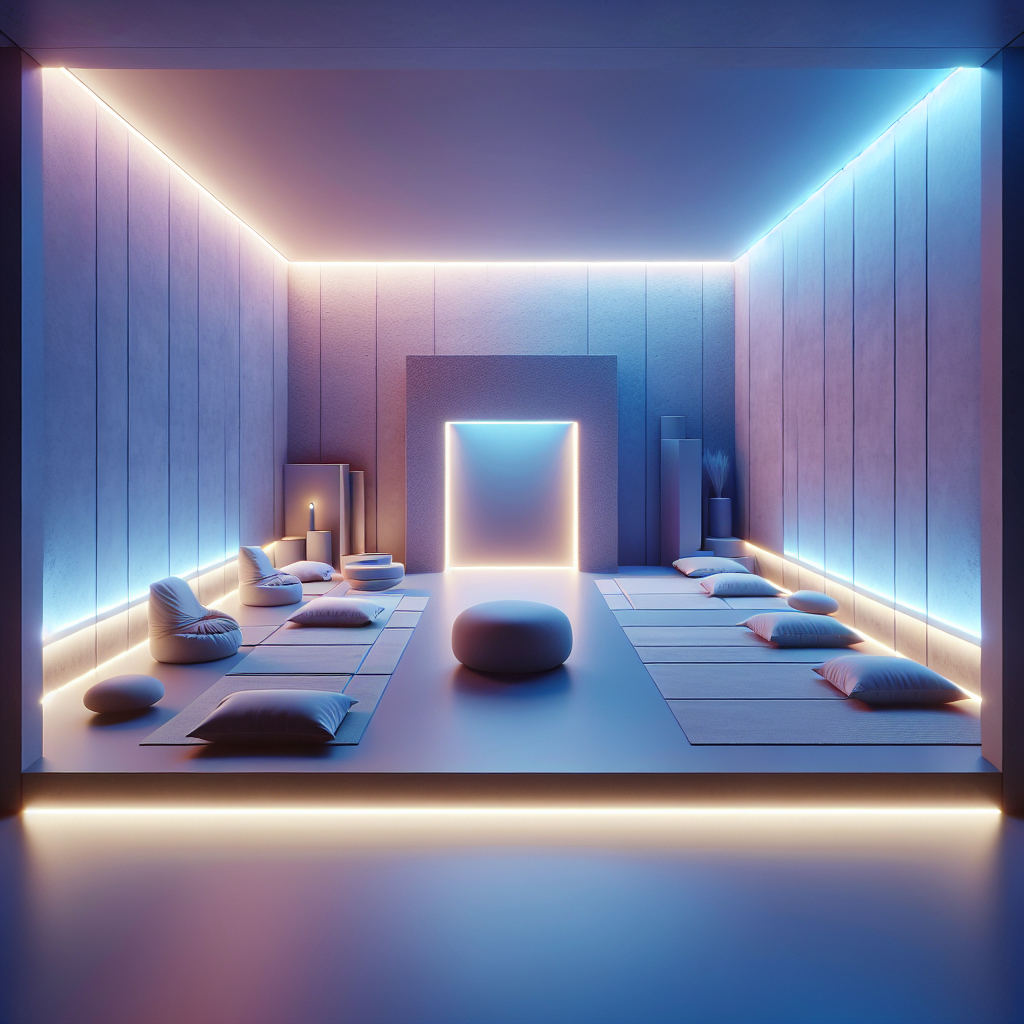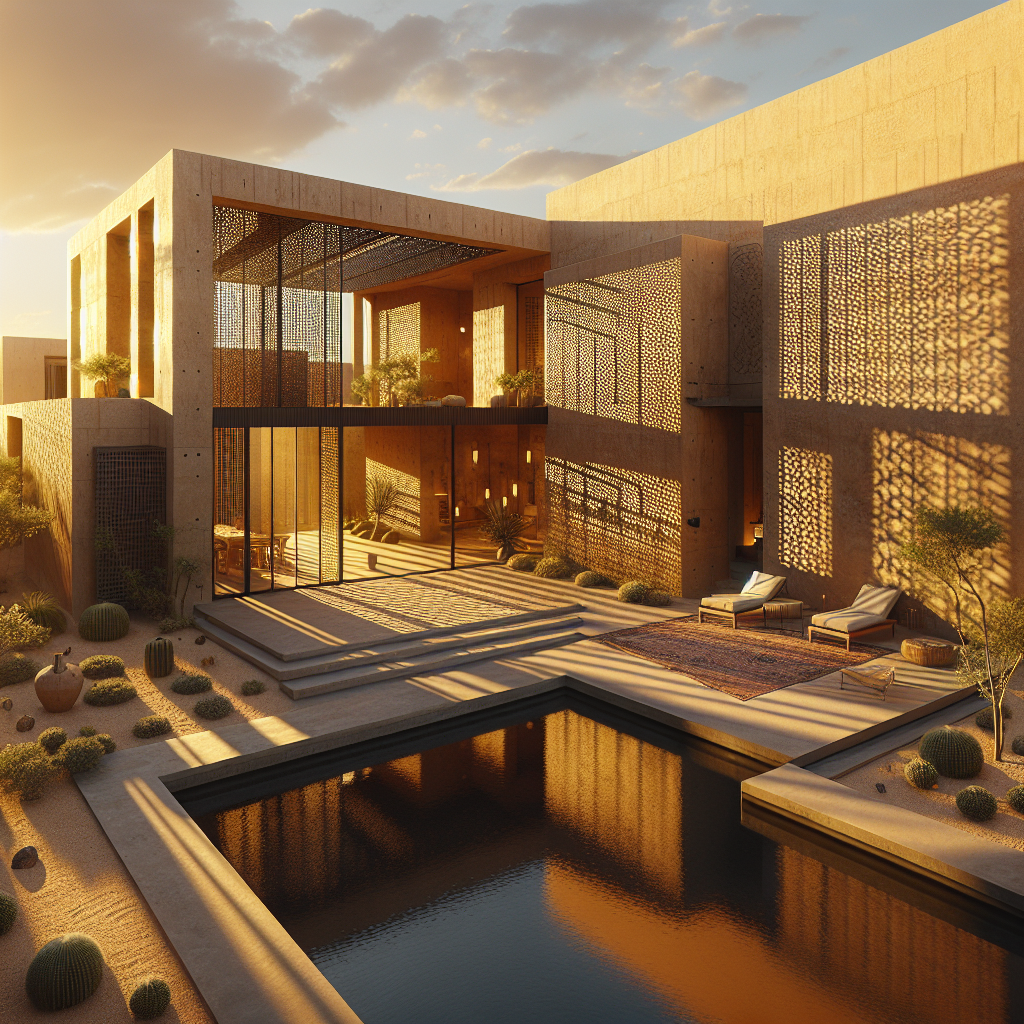Blur-building expansions: semi-translucent additions merging into sky
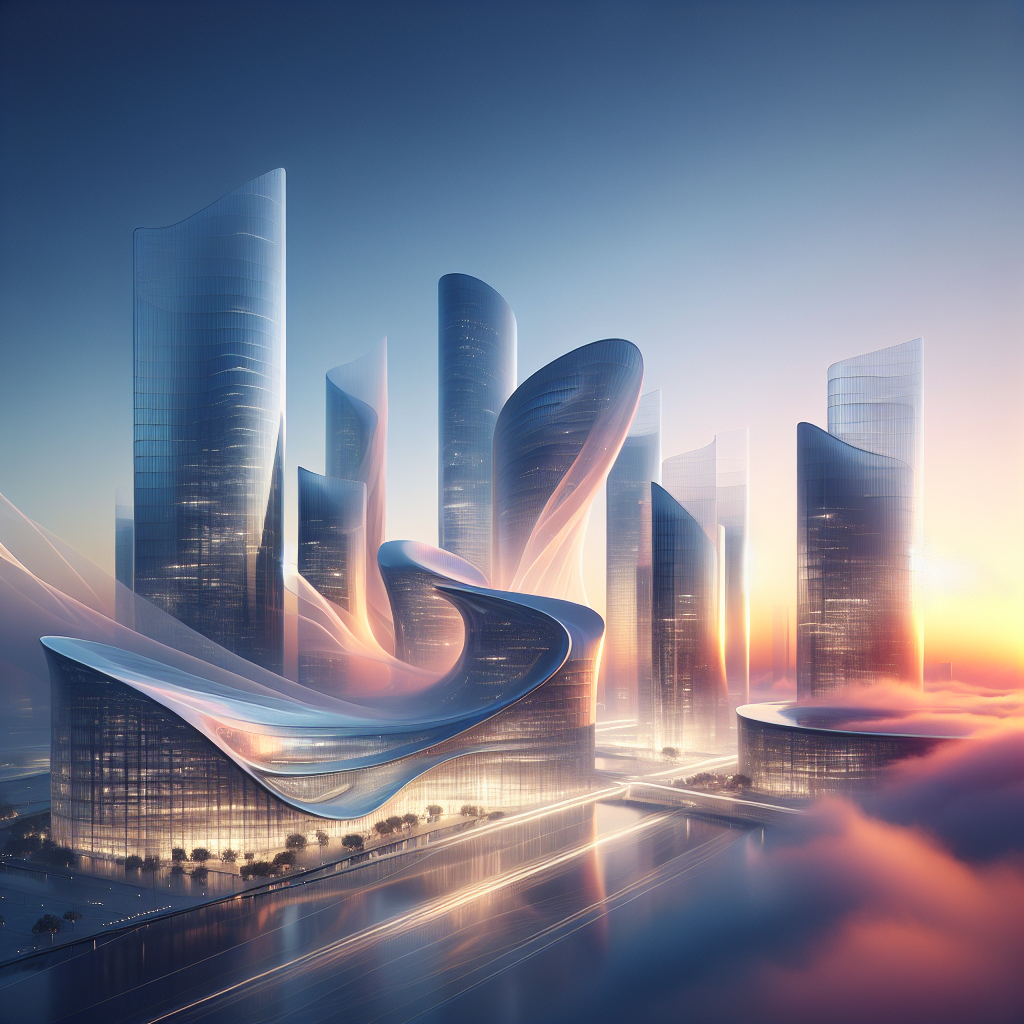
Blur-Building Expansions: Semi-Translucent Additions Merging into Sky
In the contemporary architectural landscape, the boundary between built form and the ethereal expanse of the sky is becoming increasingly blurred. Architects and designers worldwide are embracing innovative materials and pioneering techniques to create semi-translucent expansions that seamlessly merge structures with their surrounding environments. This captivating trend, known as blur-building expansions, represents a profound shift towards designs that prioritize harmony, fluidity, and visual ambiguity, redefining our perception of space and form.
The Emergence of Blur-Building Architecture
The concept of blur-building architecture isn’t entirely new; however, recent advancements in materials science and digital fabrication have catapulted this design philosophy into the forefront of contemporary architecture. The term itself gained prominence with the iconic “Blur Building” designed by Diller Scofidio + Renfro for the Swiss Expo 2002, where a misty cloud enveloped a steel structure, dissolving its edges into the atmosphere. Today, architects are revisiting this visionary approach, harnessing semi-translucent materials and innovative technologies to create structures that appear to float effortlessly, merging seamlessly with the sky.
This architectural movement aligns closely with the growing emphasis on sustainability and biophilic design principles, aiming to foster a deeper connection between occupants and the natural world. By incorporating semi-transparent elements, buildings not only reduce visual mass but also enhance natural lighting, ventilation, and overall occupant well-being. As explored in our previous article on biophilic design and its impact on human health and well-being, integrating nature into architectural spaces significantly improves psychological and physiological health.
Material Innovations Shaping the Blur-Building Trend
Central to the blur-building phenomenon are groundbreaking advancements in translucent and semi-transparent materials. Architects now have access to cutting-edge products such as ETFE (Ethylene Tetrafluoroethylene), aerogel insulation, and advanced glass composites, enabling them to achieve previously unattainable visual effects.
ETFE membranes, for instance, have become increasingly popular due to their lightweight, durability, and exceptional translucency. Notably used in the Allianz Arena in Munich and the Eden Project in Cornwall, ETFE’s flexibility allows architects to craft fluid, organic forms that diffuse natural light beautifully, creating a soft, cloud-like aesthetic.
Similarly, aerogel insulation, often dubbed “solid smoke,” is revolutionizing the possibilities of semi-translucent building envelopes. With remarkable insulating properties and a ghostly appearance, aerogel panels allow architects to design structures that appear weightless and ethereal, effortlessly blending into their surroundings.
Case Studies: Architectural Marvels Merging with the Sky
One exemplary project showcasing blur-building expansions is the recent addition to the Kunsthaus Zürich by David Chipperfield Architects. Completed in 2021, the museum’s semi-translucent façade, composed of recycled glass panels, creates a subtle interplay of reflections and shadows, making the building appear to dissolve into the sky. The translucent façade not only enhances the museum’s aesthetic appeal but also contributes to its energy efficiency by maximizing natural daylight.
Another striking example is the Harbin Opera House in China, designed by MAD Architects. Its undulating form, clad in white aluminum panels and glass, evokes the image of snow-covered hills merging with the sky. The semi-transparent glazing and fluid curves blur the boundaries between interior and exterior, architecture and landscape, creating an immersive, dreamlike experience for visitors.
These projects exemplify how architects are leveraging innovative materials and visionary design principles to create structures that harmonize with their environments, enhancing both aesthetic appeal and sustainability.
Blur-Building and Urban Integration
As urban centers become increasingly dense, architects face the challenge of designing structures that harmonize with existing cityscapes while contributing positively to the urban fabric. Blur-building expansions offer a compelling solution, allowing new additions to blend subtly into established contexts without overwhelming their surroundings.
In Paris, preparations for the 2024 Summer Olympics have spurred numerous architectural projects that embrace this philosophy. As detailed in our analysis of how the Summer Olympic Games of Paris 2024 will affect the city in terms of architecture and design, semi-translucent structures are playing a pivotal role in creating visually cohesive urban landscapes. By employing materials that reflect and diffuse light, architects are crafting buildings that appear lighter, less intrusive, and more harmonious with their surroundings.
Blur-Building and Sustainability
Beyond aesthetics, blur-building expansions align seamlessly with sustainability goals. The integration of translucent materials enhances natural lighting, reducing reliance on artificial illumination and energy consumption. Additionally, these materials often possess excellent thermal insulation properties, contributing to energy-efficient building envelopes.
Moreover, the blur-building approach complements other sustainable architectural trends, such as the rise of timber in high-rise construction, as discussed in our article on wooden skyscrapers. Combining semi-translucent materials with renewable resources like timber can further reduce environmental impact, creating buildings that are both visually stunning and ecologically responsible.
The Future of Blur-Building Architecture
Looking ahead, the potential for blur-building expansions is vast, particularly as emerging technologies like augmented reality (AR) and digital fabrication continue to evolve. AR, for instance, offers architects unprecedented tools for visualizing and refining semi-translucent designs, as explored in our previous feature on augmented reality as the new frontier in design innovation. These technologies enable architects to experiment with complex forms and materials, pushing the boundaries of what’s possible in blur-building architecture.
Furthermore, as urban environments grapple with climate change and resource scarcity, blur-building expansions offer a sustainable and visually appealing solution for future development. By prioritizing harmony with the natural environment and leveraging innovative materials, architects can create structures that not only enhance urban aesthetics but also promote ecological resilience and occupant well-being.
Conclusion: A New Architectural Paradigm
Blur-building expansions represent a transformative shift in contemporary architecture, emphasizing harmony, fluidity, and sustainability. Through innovative materials, visionary design principles, and cutting-edge technologies, architects are crafting structures that merge seamlessly with the sky, redefining our perception of built environments.
As this trend continues to evolve, it promises to reshape urban landscapes worldwide, offering a compelling vision for the future of architecture—one where buildings no longer dominate their surroundings but instead exist in delicate balance with the natural world. The blur-building movement invites us to reconsider the boundaries between architecture and environment, inspiring a more harmonious and sustainable future.
